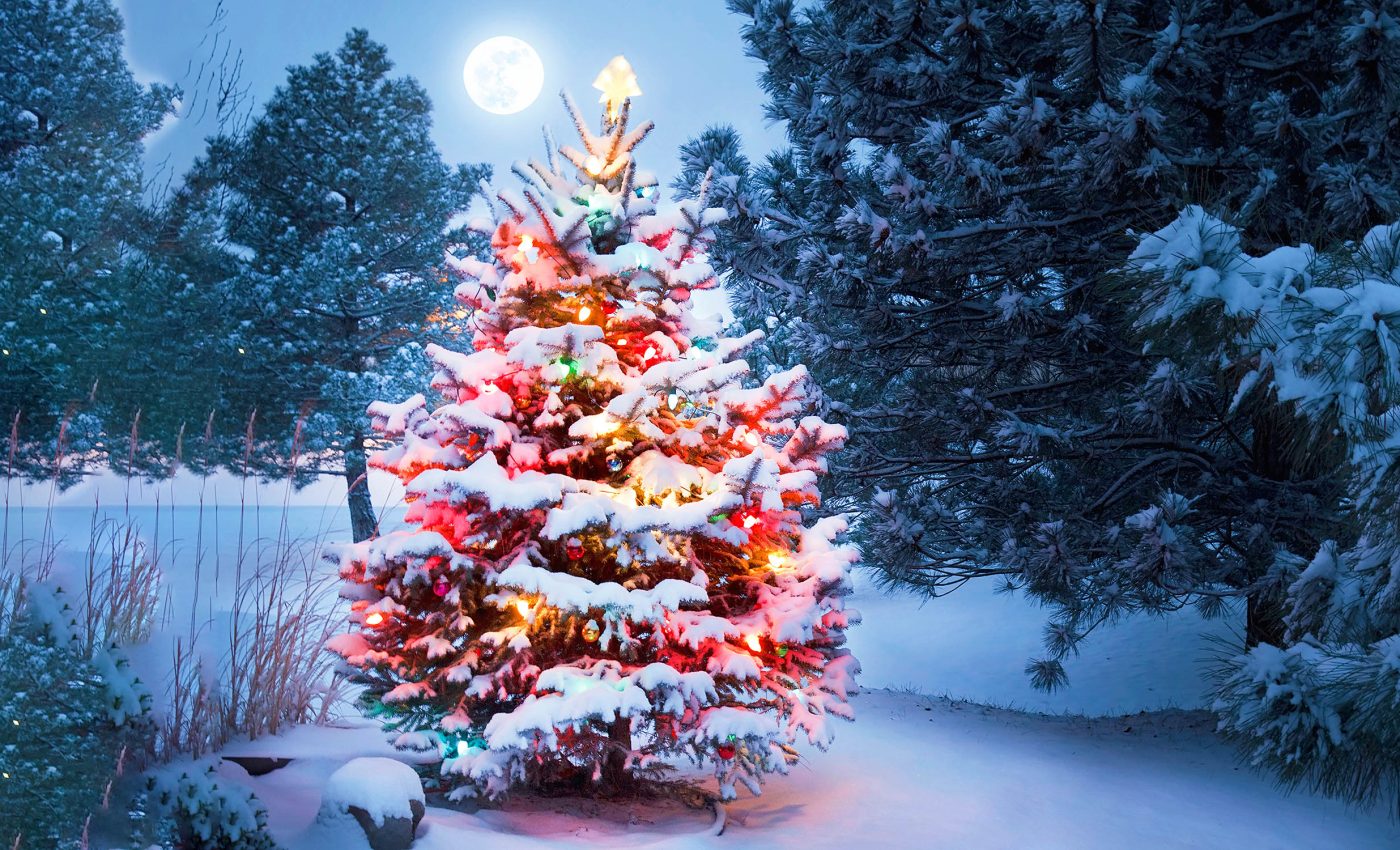Christmas trees have unique strategies to survive harsh winters

The experts found that conifers possess unique adaptations that allow them to thrive in some of the planet’s most challenging environments.
The findings not only deepen our understanding of conifers but also hint at potential applications in conservation and crop resilience.
Understanding conifers — the basics
Conifer trees are some of the most recognizable and evergreen giants you’ll find in forests around the world. Think of pine, spruce, fir, and cedar trees with their needle-like leaves and sturdy cones.
These trees are well adapted to various climates, especially colder and drier regions, because their shape helps them shed snow and conserve water.
Conifers have been around for millions of years, dominating many landscapes long before flowering plants took the stage.
Their evergreen nature means they stay green all year round, providing a constant splash of color even during the bleakest winters.
Beyond their striking appearance, conifer trees play a crucial role in the environment and our daily lives. They are vital for producing oxygen and absorbing carbon dioxide, helping to combat climate change.
Plus, conifer forests are home to countless wildlife species, offering habitats and food sources for animals like birds, squirrels, and deer.
Photosynthesis strategies of conifers
The process of photosynthesis is conserved across most plants, yet conifers exhibit distinct strategies that set them apart.
One such adaptation is a structural change in their thylakoid membranes – the sites where photosynthesis occurs. During winter, Photosystem I (PSI) and Photosystem II (PSII), typically separated in most plants, come closer together in a phenomenon known as spill-over.
“This helps them to safely dissipate extra energy and avoid damage from too much sunlight in the cold,” explained Stefan Jansson, a professor in the Umeå Plant Science Center.
This mechanism prevents excess light from overwhelming their photosynthetic machinery, enabling them to survive harsh winters unscathed.
Alternative electron flow
In addition to spill-over, conifers possess a second survival strategy: alternative electron flow – a key aspect of their resilience in harsh winter environments.
This method involves the use of flavodiiron proteins, which redirect electrons during photosynthesis. This redirection ensures that the photosynthetic system remains balanced, even when faced with intense sunlight and freezing temperatures.
Alternative electron flow acts as a backup mechanism to handle excess energy, preventing the photosynthetic machinery from becoming overloaded and damaged.
This is particularly critical in winter when sunlight can be strong but the freezing conditions make energy dissipation challenging.
Together with spill-over, where Photosystem I (PSI) and Photosystem II (PSII) collaborate to dissipate extra energy, these strategies form a dual defense system.
Spill-over reduces the risk of light-induced damage, while alternative electron flow maintains the system’s stability.
Conifers’ photosynthetic apparatus also diverges from that of flowering plants (angiosperms) in other significant ways.
For instance, they lack certain light-harvesting proteins found in angiosperms. This unique configuration might explain why conifers thrive in nutrient-poor, cold, and water-scarce environments.
“All together, this can explain why conifers are the dominant species in boreal forests, thriving where few others can, perhaps at the expense of advantages during less challenging conditions,” noted Pushan Bag, lead author of the study.
Implications for crop resilience
Understanding the survival mechanisms of conifers goes beyond academic curiosity. As the climate changes, insights into how conifers adapt to extreme conditions may inform conservation strategies and predict forest responses to new environmental challenges.
These findings could also guide the development of crops that are resilient to extreme weather, ensuring food security in an unpredictable future.
“This paper highlights the intricate adaptations of conifers to extreme winter conditions. By combining structural, molecular, and evolutionary insights, it advances our understanding of how these trees have come to dominate some of the harshest ecosystems on Earth,” said study co-author Alexander Ivanov.
Conifers’ ability to adapt and thrive in severe conditions is a proof of nature’s ingenuity. Their unique photosynthetic strategies, refined over millennia, ensure their survival in environments where most plants would falter.
As researchers continue to explore these mechanisms, they uncover not only the secrets of these hardy evergreens but also pathways to address pressing challenges like climate change and food insecurity.
This festive season, as you admire the beauty of a Christmas tree, take a moment to appreciate the incredible resilience and evolutionary brilliance of conifers.
They are not just symbols of joy and celebration but also living proof of nature’s ability to overcome adversity.
The study is published in the journal Trends in Plant Science.


